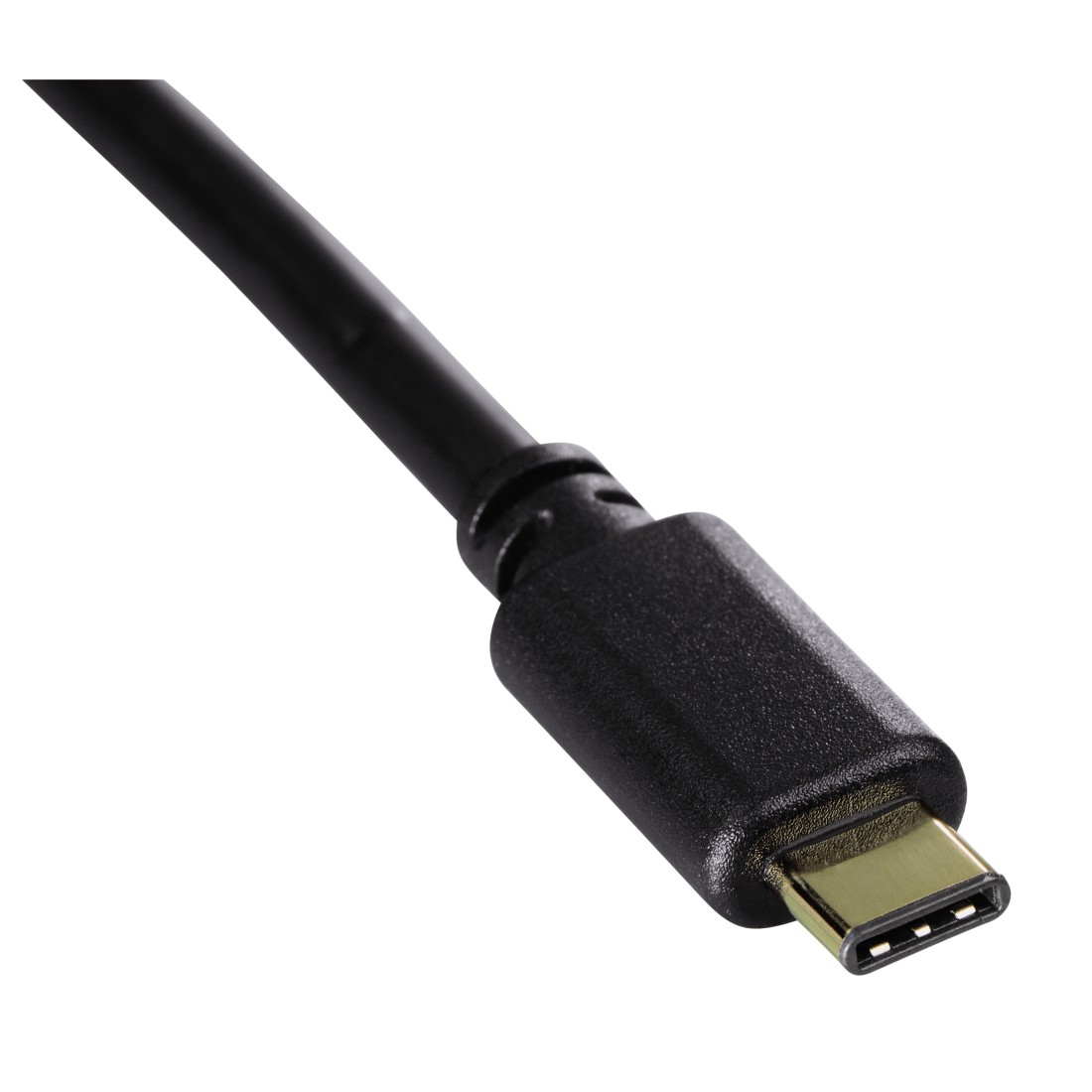Description
Cathode Ray Tube (CRT) is a vacuum tube that contains electron gun to beam and display images on a phosphorescent screen. The images is displayed on screen by using technology called rastering. (The image displayed line by line in fixed pattern) CRT were used to as a display monitor in older times and now were completely obsolete and replaced by newer Plasma and LCD monitor technology.CRT display monitors usually very thick and heavy due to the internal construction. The screen must be coated with a lead glass to block off any X-ray emission.
Advantages
- No native resolution- No input lag
- High contrast ratio
- Works with light guns
- Longer shelf time
- Can store in extreme temperature without degrading the monitor
Disadvantages
- Heavy and bulky- Higher power consumption rate
- Very dangerous to repair
- Contains poisonous material such as lead
- Sensitive to magnetic interference
This article is referred from Wikipedia's Cathode Ray Tube article.


